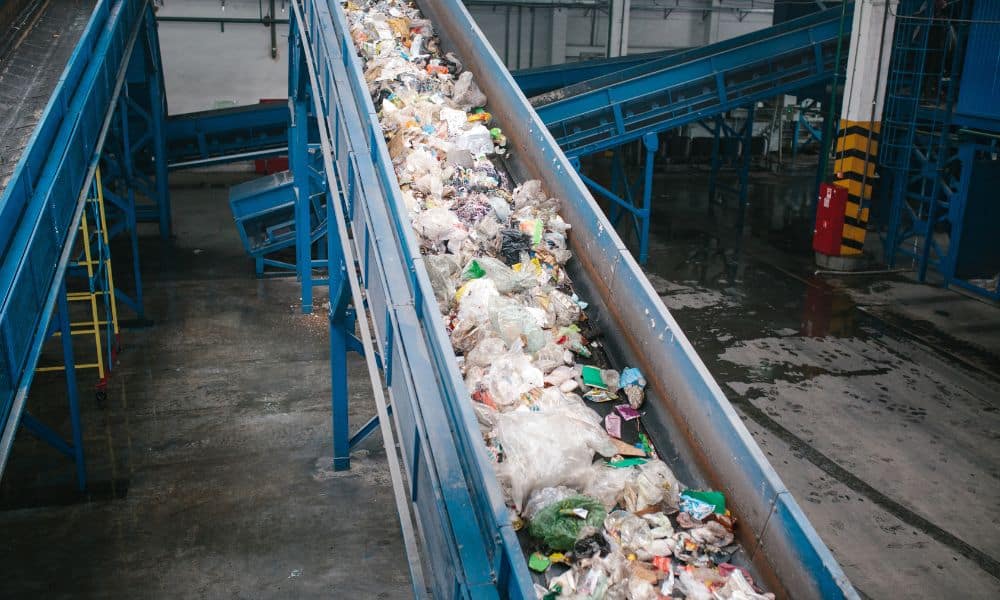
Did you know that an overloaded conveyor belt system poses potential hazards to employees and equipment? Learn more about the importance of unit load specifications.
What Are Unit Load Specifications?
Before we dive into their importance, it’s essential that we cover the basics of unit load specifications. Unit loads refer to two measurements related to conveyor belt functionality—per unit length and maximum capacity.
Let’s start with per-unit length, which dictates the number of products that you can safely fit on a given unit of the belt’s surface. This measurement is crucial because overfilling your conveyor belt can lead to items falling from the system and causing damage or physical harm. Per-unit length also depends on the type of machinery, as sidewall cleated belt conveyors transport materials differently than other systems.
The second measurement is the maximum capacity, which informs you of the total weight load your conveyor belt can support. Sometimes referred to as flow rate, maximum capacity ratings are as crucial as per-unit length considerations. Overloading a conveyor belt system impacts its performance and efficiency and threatens the structural integrity of the machine. Combined, per-unit length and maximum capacity help you determine which conveyor belt set-up is best for your facility.
Importance of ULS in an Automated World
Conveyor belt machines are a small aspect of a much larger factory system that, in today’s day and age, is automated by computers and artificial intelligence. While this technology helps boost manufacturing productivity and effectiveness, it also heavily relies on measurements, such as per-unit length and maximum load capacity, to function properly. Over-encumbered conveyor belt systems are more likely to interfere with the automation of your entire facility, negatively impacting efficiency and business success.
Protecting Your Physical Well-Being
Malfunctioning machinery isn’t just bad for business—it’s potentially dangerous to you and others around the conveyor belt system. As mentioned before, putting too many products on the surface of the conveyor belt can cause materials to fall off and hurt individuals. In rare cases, these fallen items can lodge into important components, causing your system to suffer from electrical issues that may lead to more serious situations, like fires.
You can’t ignore the importance of unit load specifications —these measurements ensure proper safety and functionality within your facility, boosting the success and productivity of your business. Check out our conveyor belt solutions offered here at Cambelt International.
